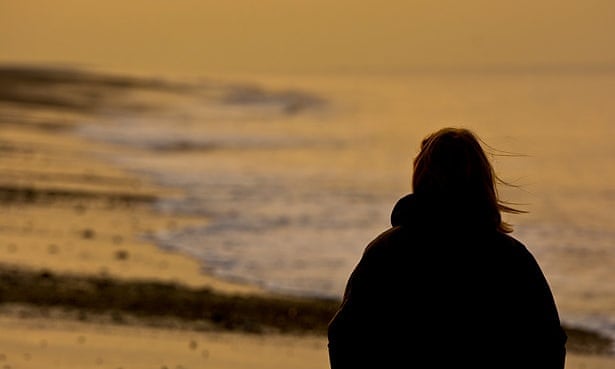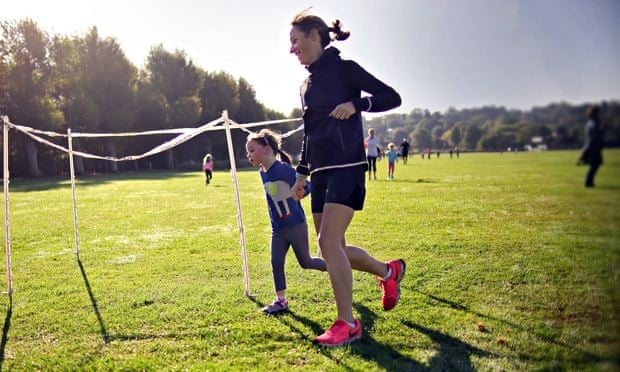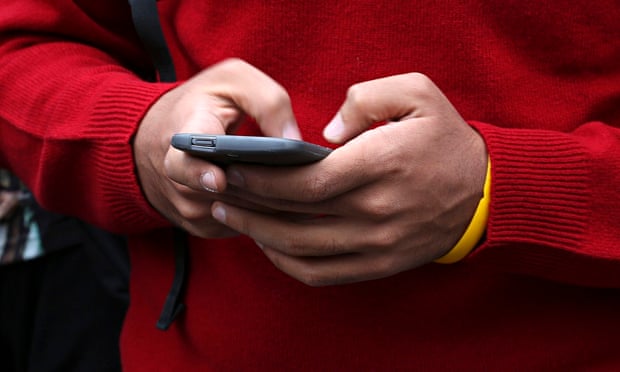"You know what I wish?" My neighbor and new mother confided over lunch. "I wish I wasn't so ashamed of my body."
My neighbor is a beautiful person with four healthy and adoring children, yet I understood. Many women would empathize with her desire to feel more beautiful and be more confident about their appearance.
It isn't a matter of vanity. For many, it's celebrating the family they brought into this world but wishing that sacrifice hadn't taken such a physical toll on their bodies.
Cosmetic surgery. The very topic has a polarizing effect on most social circles. But in today's world, the perimeter of aesthetic medicine and plastic surgery reach beyond going "under the knife." Although there is plenty of that, too. When facing sagging breasts or a jowly jawline, how can we know if seeking cosmetic surgery is the best option? Here are 3 things to think about.
Are you looking for a better version of yourself or the copy version of someone else?
Often a patient's disappointment stems from expectations placed too high on the outcome. Kate Middleton has a fantastic nose, but not everyone can successfully pull off that same feature.
"Understanding what can be done given your personal situation is something you need to talk to your surgeon about." Wrote Christina Haller in the article, The pros and cons of plastic surgery. "If you walked in with Sarah Jessica Parker's nose expecting to walk out with Natalie Portman's and instead ended up with Anne Hathaway's, you have to be alright with that."
Another thing to consider is what is truly motivating this desire for change. Would this procedure bring about an inner confidence that is lacking due to a physical condition or is this desire motivated by a need to be accepted?
"Having low self-esteem as a result of a physical attribute you're not happy with can affect all areas of your life," wrote Haller. "There's nothing wrong with thinking you could be happier, as a result of being more confident, if you could put your best face forward. Remember though, surgery is not a cure for deeper issues such as depression or jealousy. Be sure you are working through the root of the problem before going under the knife."
The idea of pursuing plastic surgery is to improve what already exists. Don't expect to come out of surgery looking like a Victoria Secret model with tons of friends and a trouble-free life. Instead, your goal should be attaining a younger, firmer version of yourself that enhances a stronger inner self.
Do you need a procedure or just some pampering?
As new technology in aesthetic medicine is being introduced, many women are finding satisfaction in "treatments" instead of "procedures."
For example, a local company called Venus Concept has perfected a technique that offers patients a non-invasive treatment using a Multi-Polar Radio frequency that delivers fast, homogenous heating deep in the dermis where collagen is located without damaging the epidermis. This "massage" performs deep penetration, lymphatic drainage and stimulates both fibroblasts and circulation. In layman's terms, this means 30 minutes in a chair creates softened laugh lines and wrinkles, tighter skin, contoured upper arms and abdomen.
"It created subtle changes," explained KUTV Channel 2 media personality Shauna Lake. "Changes that made people say, 'You look great and well-rested.' Or, 'Have you lost weight?' After the first day I noticed results. That was really the only assurance I needed."
According to the American Society for Aesthetic Plastic Surgery, doctors are seeing the biggest increase in nonsurgical procedures with Botox leading the list followed by chemical peels (Hyaluronic acid), hair removal, microdermabrasion, and photo rejuvenation.
If you are feeling dissatisfied with how you feel or look, rather than focusing on major surgical procedures, first consider less committed options such as regular massages or non-invasive techniques that improve your appearance.
The cost
Because most procedures are considered an elective surgery, that bill is yours to pay in full. For example, breast augmentation can cost upwards of $4000 to $10,000Liposuction can reach totals of $11,000.
According to the American Society for Aesthetic Plastic Surgery, Americans spent 12 billion dollars on cosmetic procedures. "Of that total, more than 7 billion was spent on surgical procedures and more than 5 billion was spent on nonsurgical procedures."
What was the most popular surgical procedure this year? Liposuction replaced breast augmentation as the top procedure with eyelid surgery, tummy tuck, and nose surgery completing the list.
"In 2013, more than 2.5 billion dollars was spent on injectables alone. In addition, nearly 1.9 billion was spent on skin rejuvenation, a fast-growing sector of the aesthetic nonsurgical industry."
"A significant increase in the number of both cosmetic surgical and non-surgical procedures suggests that people are once again investing in their appearance and perhaps have more disposable income to do so," notes Michael Edwards, MD, President-Elect of ASAPS. "Given the state of the economy and the competitiveness of the job market, we expect to see the numbers for anti-aging procedures continue to increase."
Keep in mind, this isn't the time to settle on the cheapest bidder. Be sure to consult with a board- certified doctor who understands your desire, has experience in that type of procedure and can be someone you trust to handle the surgery well.
The "face" of cosmetic surgery is definitely changing. It brings with it exciting and affordable new options that are changing the way women view themselves. By considering your expectations, your motivations and the financial impact this decision may place on your family, you can consider whether or not cosmetic surgery is the right choice for you.


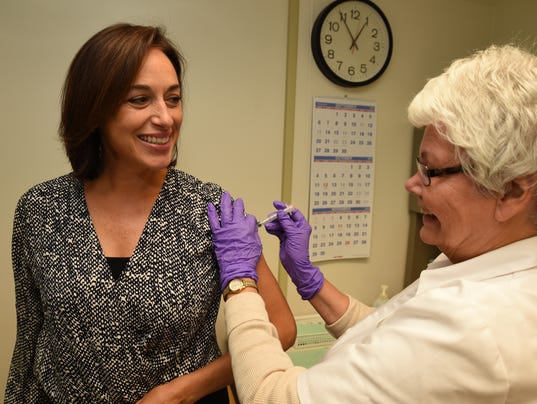



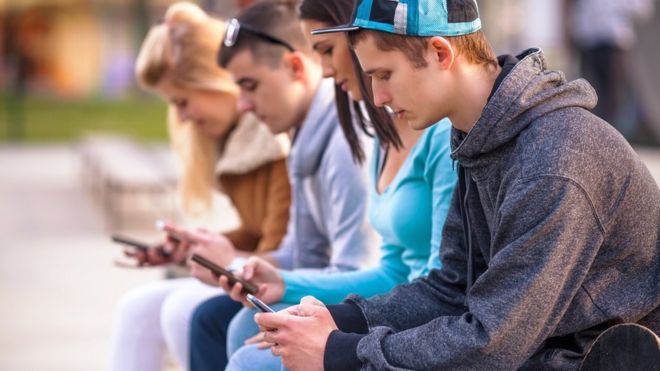








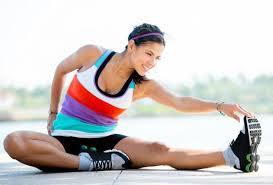
/cdn0.vox-cdn.com/uploads/chorus_image/image/46820550/GettyImages-167104735.0.0.jpg)









